Comparing Epoxy and Polished Concrete for Madison Facilities
November 21st, 2025
3 min read
By Tom Dassie

When it comes to upgrading your facility floors in Madison, choosing between epoxy and polished concrete can feel like comparing two great options with very different strengths. Both systems enhance durability, improve safety, and transform the appearance of a workspace—but they perform differently depending on how your facility operates.
Understanding the pros, cons, and maintenance needs of each flooring type helps you select a protective floor coating that delivers lasting value. At CustomCrete, we’ve installed both epoxy and polished concrete systems for facilities throughout Wisconsin, from high-traffic manufacturing floors to polished retail showrooms. Here’s how they compare.
Why Flooring Choice Matters for Madison Facilities
Madison’s mix of industrial, commercial, and institutional spaces means no two facilities have the same flooring demands. Some need chemical resistance and easy cleanup, while others prioritize aesthetics and light reflectivity. The right protective floor coating not only enhances performance but also saves money by reducing maintenance, downtime, and safety risks.
Environmental conditions—like humidity, temperature fluctuations, and exposure to de-icing chemicals during Wisconsin winters—also influence how each system performs over time. That’s why local expertise and proper installation are essential when choosing between epoxy and polished concrete.
Epoxy Flooring: Seamless Protection with High Performance
Epoxy flooring is a resin-based protective floor coating that creates a durable, non-porous surface. It’s one of the most versatile flooring systems for industrial and commercial environments, offering both functionality and design flexibility.
Advantages of Epoxy Flooring:
- Chemical and Spill Resistance: Ideal for manufacturing, automotive, and food-processing facilities where oils, solvents, or cleaning agents are common.
- Customizable Appearance: Available in solid colors, metallic effects, and textured flakes for slip resistance and branding.
- Seamless and Hygienic: Prevents bacteria and dirt from collecting in joints or cracks, making it suitable for facilities that require sanitation.
- Long-Lasting Protection: When properly installed, epoxy forms a strong bond that resists abrasions and impact damage.
Considerations for Epoxy:
While epoxy offers excellent protection, it can be sensitive to surface moisture during installation. Temperature and humidity control are essential to ensure proper curing. Additionally, epoxy may require reapplication or topcoats over time in heavy-traffic environments.
Best Applications:
- Warehouses and distribution centers
- Automotive shops and showrooms
- Food and beverage processing facilities
- Commercial kitchens and laboratories

Polished Concrete: Natural Strength and Reflective Appeal
Polished concrete is not a coating—it’s a mechanical process that grinds, densifies, and polishes the existing slab to achieve a smooth, durable finish. It’s ideal for facilities that want a low-maintenance surface with a clean, modern aesthetic.
Advantages of Polished Concrete:
- Low Maintenance: Requires no coatings or wax—just routine cleaning.
- Highly Durable: Resists wear from foot traffic and equipment.
- Reflective and Energy Efficient: Enhances natural and artificial lighting, reducing the need for extra fixtures.
- Sustainable and Cost-Effective: Uses the existing slab, minimizing materials and waste.
Considerations for Polished Concrete:
Polished concrete offers minimal chemical resistance compared to epoxy. Facilities that frequently handle harsh substances or require constant sanitation may need an added sealer for protection. It’s also not ideal for environments prone to thermal shock or heavy moisture exposure.
Best Applications:
- Retail and office spaces
- Educational facilities
- Distribution centers
- Light manufacturing

Epoxy vs. Polished Concrete: Side-by-Side Comparison
Choosing between epoxy and polished concrete depends on your facility’s specific needs:
- If you prioritize chemical resistance, safety, and customization, epoxy is the better protective floor coating.
- If you want a low-maintenance, sustainable surface that enhances aesthetics, polished concrete is ideal.
- In some facilities, a hybrid approach works best—epoxy in production zones and polished concrete in public or office areas.

Working with experienced installers ensures your system is selected and applied correctly for Madison’s climate and your facility’s performance goals.
FAQ: Epoxy vs. Polished Concrete for Madison Facilities
- Which floor system lasts longer?
Polished concrete typically has a longer lifespan with less maintenance, but epoxy offers stronger chemical and impact resistance for industrial use. - Can epoxy or polished concrete be repaired easily?
Yes. Both can be repaired locally without replacing the entire floor, though epoxy touch-ups may require recoating sections for consistency. - Which is more cost-effective long-term?
Epoxy may have higher upkeep costs over time, while polished concrete offers lower lifetime maintenance—but the right choice depends on the facility’s conditions and usage.
Final Thoughts
Both epoxy and polished concrete deliver long-term value for Madison facilities, but their strengths serve different purposes. Evaluating your operational needs, maintenance capacity, and environmental exposure will guide you toward the right protective floor coating for your space.
✅ Next Step: Compare epoxy and polished concrete pricing for your Madison facility by reading our next article, “How Much Do Concrete Coatings Cost in Madison, Wisconsin? A Complete Guide”.
Topics:








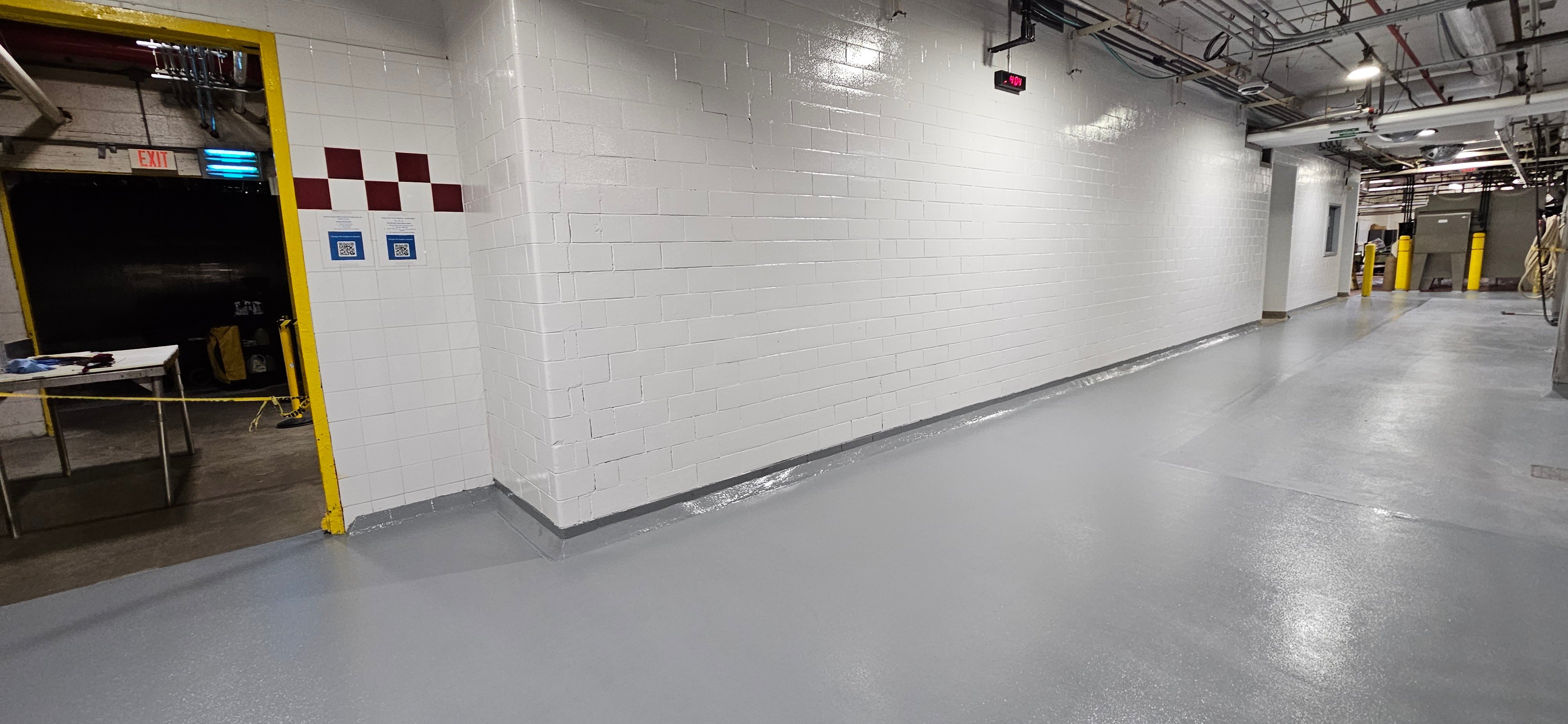









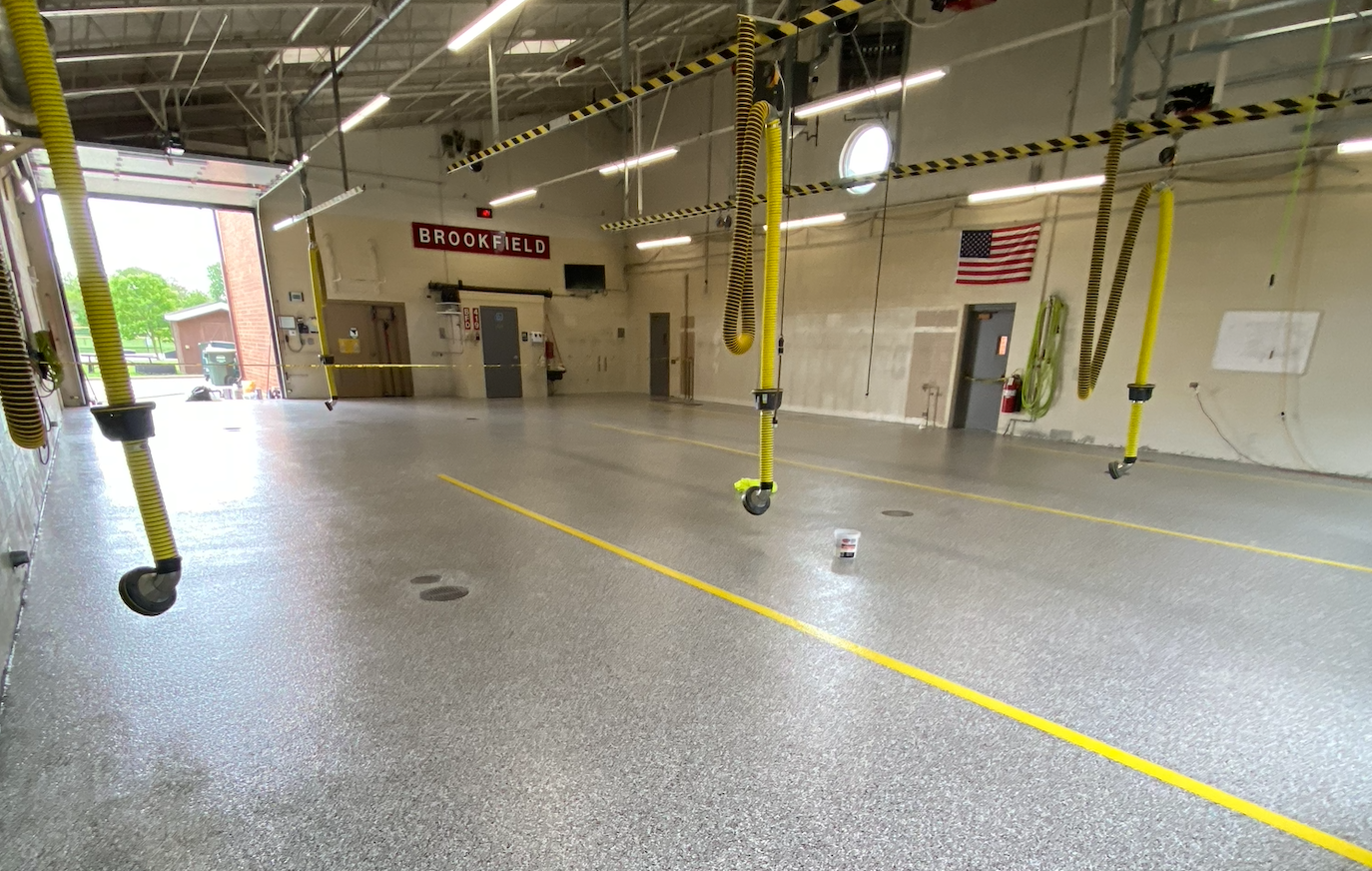
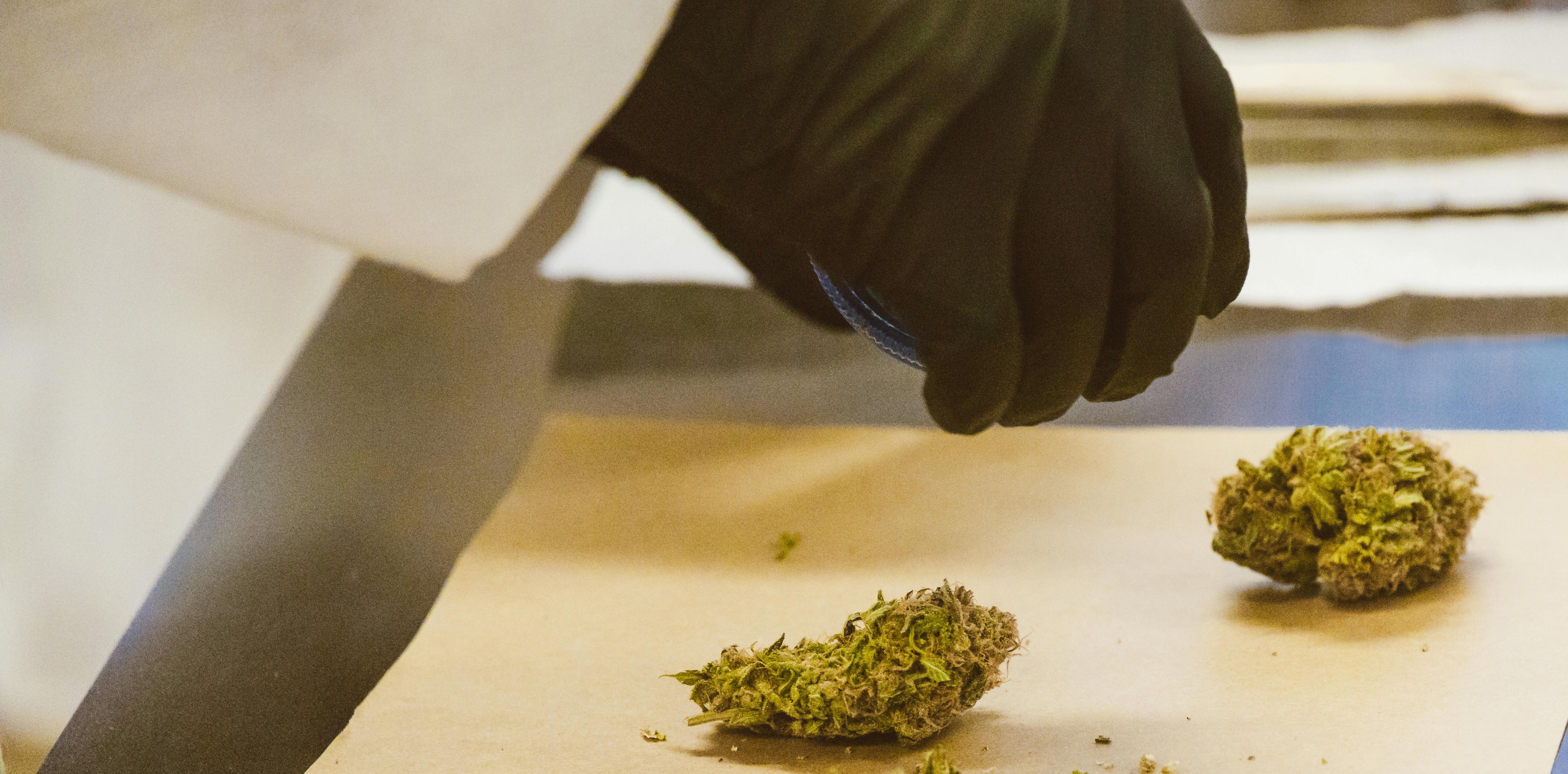
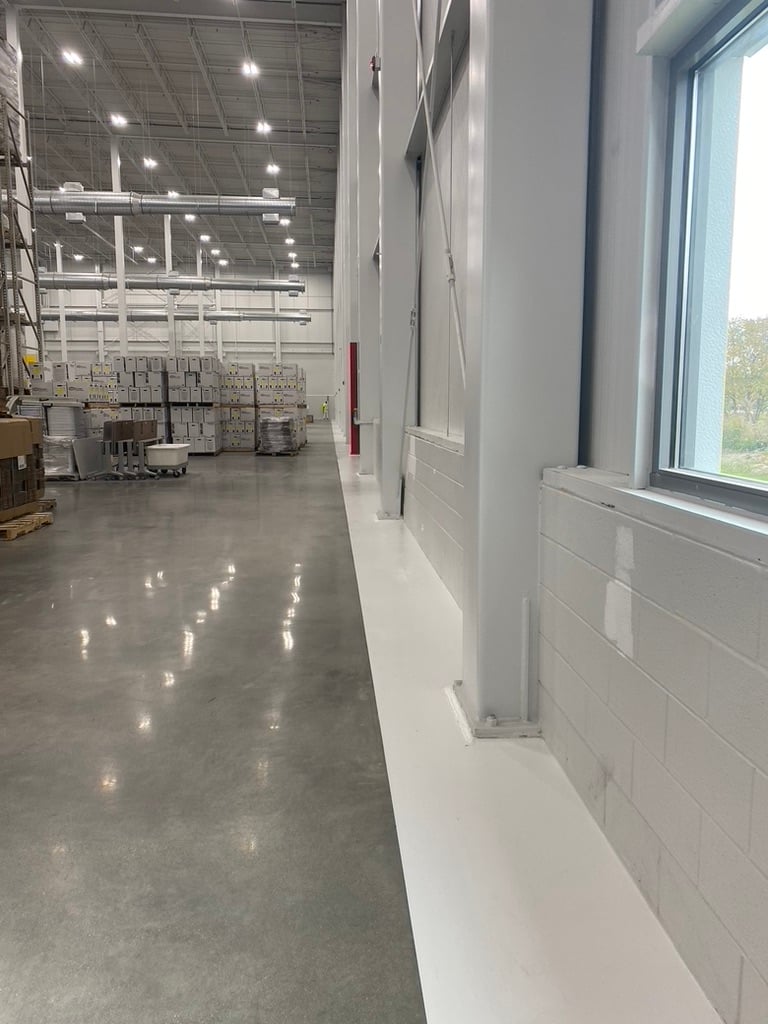
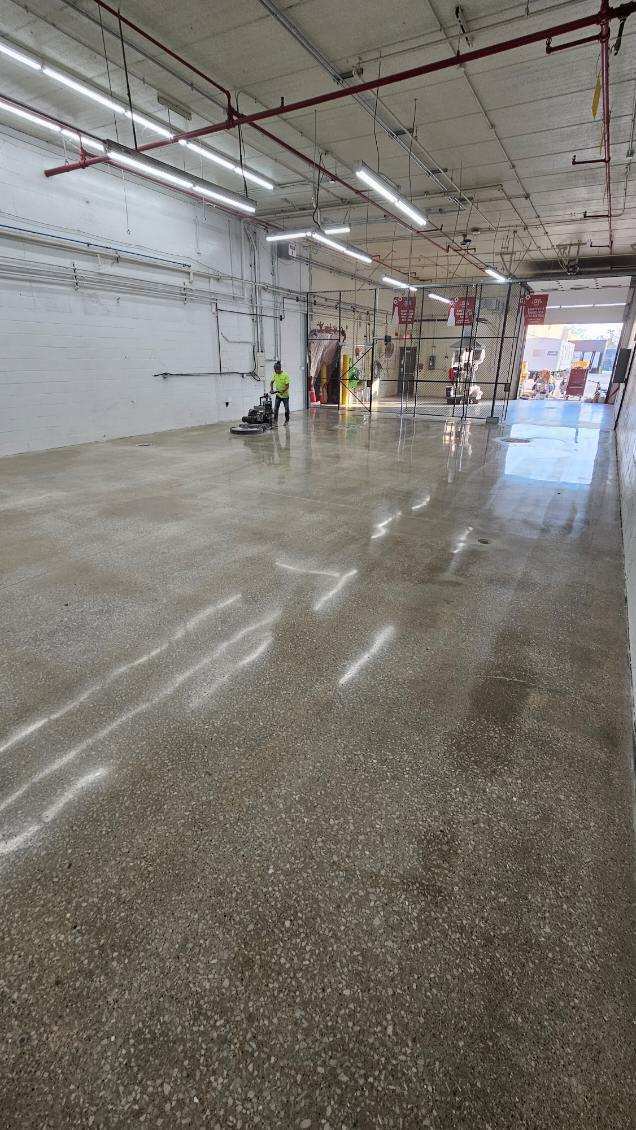
.jpeg?width=360&height=253&name=IMG_0701%20(1).jpeg)
